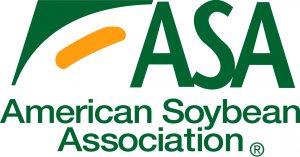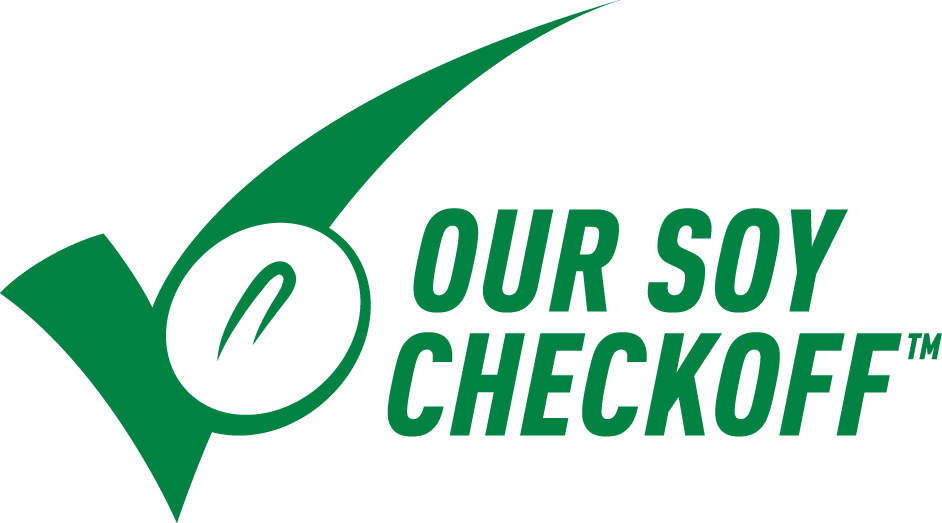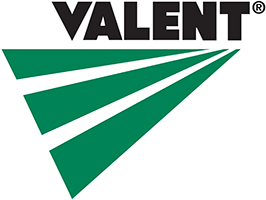Conservation Legacy Awards
ASA’s annual Conservation Legacy Awards recognize farm management practices of U.S. soybean farmers who are both environmentally friendly and profitable. The CLAs shine a light on the most progressive farmers, those who have truly embraced innovative conservation practices on their farms.
ASA accepts applications for the Conservation Legacy Award program annually to honor these achievements. Winners are selected from four regions – the Midwest, Upper Midwest, Northeast and South. One recipient is named National Conservation Legacy Award Winner.
All regional award winners receive a trip to Commodity Classic, a magazine article, and a video featuring their farm and conservation practices.
Applications for the 2025 Conservation Legacy Awards are due Aug. 15, 2024. Questions regarding these awards may be directed to Michelle Hummel in the ASA office at mhummel@soy.org or Maria Brockamp at mbrockamp@soy.org.

The following are examples of just a few of the outstanding winners dating back to 2016:
- Wisconsin CLA winners protect their farmland and surrounding waters through windmills and solar energy, employing strip-till and no till methods, along with means to protect pollinators. They are active in the county’s farmer-led watershed group to share with non-farm and lakefront property owners how farmers are engaged conservationists. They are also working with the local university to pilot and install a phosphorus reduction system for their existing drainage tile.
- North Carolina award recipients plant non-traditional, narrow 15” rows for a quicker canopy in the spring before it gets too hot and dry to control weeds and retain moisture. They have been no-till since 1984. Residue from previous crop creates a barrier to break up rain droplets, which prevents erosion and keeps moisture in the soil – and in turn, more carbon. Grassed waterways and restorations improve wildlife habitat and slow water run-off. The family also removes pesky rocks from their fields to create rock dams and further slow water and prevent erosion, protecting downstream neighbors. The farm family also incorporates solar projects on farm and plants 150 thousand trees each year on marginal lands – pines that create habitat and cover.
- CLA winners from Tennessee are 100% no-till and plant winter wheat to double crop with spring soybeans. They are seeing more earthworm channels, which means good water filtration. The family has built more than 100 water control structures and waterways on their 3,000-acre farm. They experiment with cover crops to find the most effective options and regularly participate in pollinator programs.
- A Nebraska farmer with highly erodible soil uses cover crops to and started no-till practices in 1991. He plants “green” into living rye, which leads to more lady bugs and other good results.
- In Delaware, a farmer conserves through no-till and cover crops. Water quality near the Chesapeake Bay is important. There is not a lot of organic matter in the ground because the region is so sandy, so using cover crops and other best practices help with soil issues and with wind protection. And, he has increased wild turkey populations with cover crops. Surface drip irrigation is used right where the plants need it, which helps with getting water to the root zone and preventing evaporation. The farmer also employs grid sampling of all fields with variable rate nutrient applications to only apply what the plants need – tissue samples are sent to a lab to verify the exact needs of the plant. He is installing solar panels and uses poultry manure stocks on his fields.
- A Kansas winner uses terraces and waterways, and he farms on the contour. He practices no-till and strip till, cover crops and grid samples to variable rate fertilizer inputs and limit nitrogen use. This soy farmer has installed fences and filter strips around creeks and ponds. Drop nozzles get irrigation closer to the crop canopy, and he’s experimenting with sub-surface drip irrigation. His wetlands are loved by ducks, geese, deer, turkey.
- Winners from Missouri report great success with integrating the use of soybeans in a double-crop system behind wheat to increase yields to new levels.
- Similarly, an Indiana farm plants behind rye and is 100% no-till. They are finding more earthworms and living matter that are helping with soil quality and preventing erosion. Terraces, rock shoots, grass waterways, plus water and sediment control basins also help prevent run-off. They are seeing deer, turkey and quail populations rise and enjoy sharing how they achieved their successes with their neighbors to pay it forward.
- A winning farm family with land in both Indiana and Illinois will only plant green into green living cover crop, which they do not terminate until after planting. They run a data-driven farm that’s “with Mother Nature all the way.”
Access these and other stories in full, including outstanding on-farm videos, here. ASA appreciates the continued support of our industry partners who sponsor the ASA Conservation Legacy Awards program. These industry partners include Bayer, BASF, Valent USA and the United Soybean Board and the soybean checkoff.





